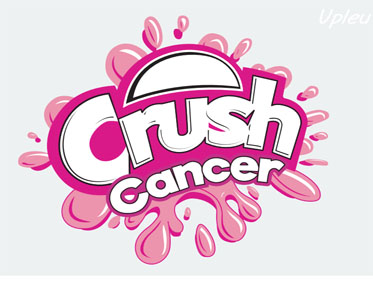The difference between raster and vector in embroidery digitizing
Embroidery digitizing, whether on a machine or custom design, is a popular way to replicate embroidered imagery onto fabrics. But what exactly is the difference between raster and vector when it comes to digitize embroidery? This blog will explain the key differences between these two types of embroidery digitizing, helping you understand which one works best for your project.
Raster and vector are two common formats for computer embroidery. But what's the difference between them? To understand the differences between these formats, it helps to break down the basic characteristics of each.
Raster images are made up of pixels, which are small squares that form a larger image when viewed from a distance.
This format is best for photos with multiple colors or complex designs because it can accommodate images with an unlimited range of shadows and tones.
However, raster images cannot be enlarged without losing quality because the pixels become more visible when enlarged. Vector images, on the other hand, use mathematical equations to create shapes and lines that can be edited without loss of sharpness, no matter how much they are enlarged or stretched.
Structural difference
There are two main types of graphics to choose from when creating embroidery designs. They are raster and vector formats. The main difference between raster and vector images is their structure. Raster images consist of tiny pixels that form a grid pattern on a screen or fabric when viewed from a distance.
Vector images, on the other hand, consist of mathematical curves and points that remain sharp no matter how far away they are viewed.
Grating application
Raster is a popular form of digital imaging used in many different applications, especially in embroidery.
It is especially useful when working with detailed designs with multiple colors and complex patterns. Raster differs from vector images in the way it stores information, making it ideal for embroidery projects.
Raster technology breaks an image into a series of small squares called pixels. Each pixel contains information about its color and position in the image for accurate reproduction when printed out or displayed on a computer screen.
This makes raster images ideal for complex embroidery designs that require precise detail and color. The small size of each pixel also means that complex patterns can be produced quickly and efficiently without compromising quality or accuracy.
The benefit of vectors
Vector graphics offers users an incredibly versatile and high quality image format. Vector images are preferred by many professionals in the embroidery industry because they have many advantages over traditional raster images.
Here are some of the main advantages that distinguish vectors from their raster counterparts in embroidery:
First, vector graphics provide excellent scalability. Unlike raster images, which can be distorted when scaled up or down in size, the vector will remain sharp and clear no matter how much you zoom in or out.This makes vector images ideal for embroidery design, as it allows you to accurately reproduce complex details on a variety of fabrics and materials.
Second, vector graphics consist of mathematical equations rather than pixels like raster graphics.
The
limitations of the grid
Raster imaging is a common choice for embroidery because it enables detailed rich designs. But, as with all other techniques, there are certain limitations to using rasters in embroidery. Knowing these limitations can help you determine whether raster or vector is the right choice for your project.
Raster images are made up of tiny pixels that distinguish them from vectors that store shapes and lines. These pixels offer more flexibility in detail and color gradients than vectors, but have some drawbacks when used in embroidery projects.
Because of the stitch size used by most machines, embroidering designs with many small details can make the finished product look pixelated or blurry.
Vector limitation
Vector graphics consist of mathematical equations rather than individual points or pixels. This makes them perfect for producing sharp lines and intricate details that can be accurately transferred to the fabric.
Vector images also allow for faster production because the files used to create the design can be enlarged or shrunk without compromising quality. But because they rely solely on mathematical equations, they cannot produce the subtle gradients of color or texture that raster images can.
Raster images consist of individual pixels that, when turned into embroidery designs, can create a more realistic representation.
In
short, raster and vector embroidery digitization are two different art forms.
Vector embroidery is clear and detailed, providing more freedom for the
digitizer to manipulate the design; However, it is not suitable for complex
designs or small details. Raster art, on the other hand, usually produces a
more realistic image due to the use of gradients and shadows, but lacks the
flexibility to scale up the design.


